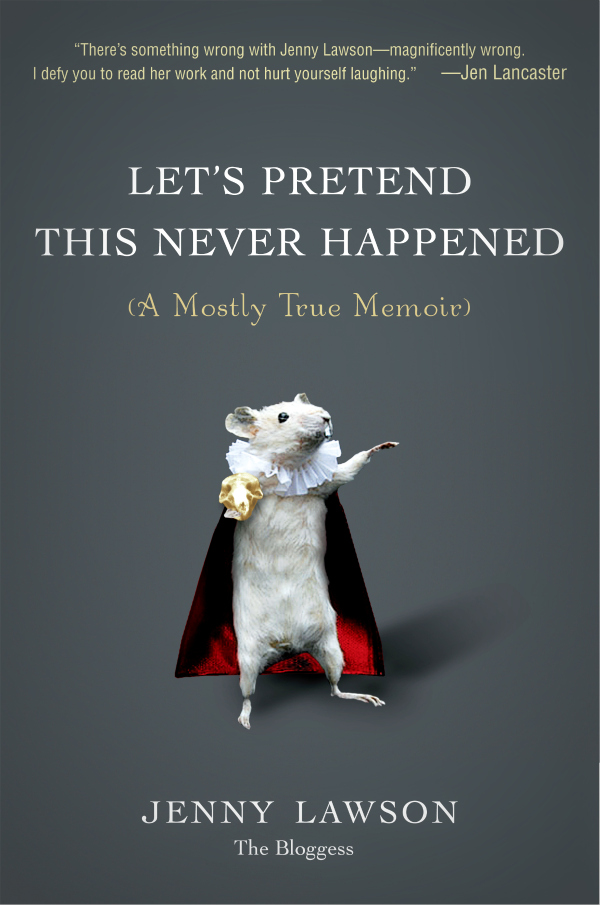From the Slush Pile: Don’t Leave Me Hanging
Monday morning, two days post-AWP, your 2013 Boston Tote Bag filled with literary swag: postcards, pins, temporary tattoos, and journals. You have a renewed energy. Yes, this is the year. You will submit—over and over again if necessary—and you will get published.
For those of you who have never been to AWP or have no idea what it is, it’s the nation’s largest literary conference, sponsored by the Association of Writers and Writing Programs, and this year it took place in Boston. (For all who attended, I hope you stopped by the Ploughshares booth and introduced yourself—and then raced home to polish up your entry for the Emerging Writers Contest.
With its more than six hundred exhibitors and enough literary magazines to fill the Hynes Convention Center, AWP’s takeaway message is clear: there is a home for your quality work. But never mind those other journals—what about this one? What about the Ploughshares slush pile?
If you read my first post in this series, you’ve already cut the first three pages of your story and your new opening wows me. I’m in. I’m invested and reading with pleasure, the pages are turning faster, I love the voice, I’m intrigued by the characters and great dialogue, and then… the last page. I stare blankly, turn the manuscript over in my hand looking for more. That’s it? Nothing is more frustrating, than getting to the last page and being left wanting—and not in a good way.
Grace Paley says she knows a story is done when she doesn’t have anything more to say. As a writer, that has to be one of the most satisfying feelings, but it’s also hard-earned and painstaking. For most of us it does not come about in early drafts. Unless of course, you’re Amy Hempel, who says, “I’ve always known when I start a story what the last line is. It’s always been the case, since the first story I ever wrote. I don’t know how it’s going to get there, but I seem to need the destination. I need to know where I end up.”
There is no right way to end a story, but absolutely the wrong way is to tie it up in a bow and give it to the reader. The writer who does this has lost trust in both the reader and themselves. Stories are not explanations; there should be a certain controlled mystery. When I say mystery, I’m not talking about vagueness, but a certain satisfying moment. Take for example, Flannery O’Connor’s, A Good Man Is Hard to Find:
“She was a talker, wasn’t she?” Bobby Lee said, sliding down the ditch with a yodel.
“She would have been a good woman,” the Misfit said, “if it had been somebody there to shoot her every minute of her life.”
“Some fun!” Bobby Lee said.
“Shut up, Bobby Lee,” the Misfit said. “It’s no real pleasure in life.”
O’Connor’s endings all seem to make sense of what has come before, but what makes them effective and compelling is their quiet nature. The revelations are small—which make the impact larger, both on the character and the reader. “I have found that violence is strangely capable of returning my characters to reality and preparing them to accept their moment of grace,” says O’Connor.
Now, I’m not suggesting that you have to kill off your characters for an effective ending; there are lots of other strategies. The key is to figure out how to use them. And for that you must read the greats, reread, and then emulate. I’ve made you a mix tape of literary endings to get you started.
- The double ending: Alice Munro, “Post and Beam”
- A change in voice: William Trevor, “A Day”
- A surprise: Jhumpa Lahiri, “A Temporary Matter”
- Character’s moment of insight: Ray Carver, “Cathedral”; Andre Dubus, “A Father’s Story”
- Telling Image: Junot Diaz, “Aguantando”
And finally, some wisdom from George Saunders: “My point is, the ending of ‘The Falls‘—of any story—is just a kind of flourish. It’s the first two-thirds of the story that really matters; to use a lame juggling analogy, it’s the throwing of the balls into the air that matters. If there are the right number of balls and they’re sufficiently interesting, it almost doesn’t matter in which order they come down, or whether one of them gets stuck on the roof.”
So send us your stories, be patient with the ending, and make sure it really is the ending. And I’m with George: I don’t need or necessarily want you to catch all the balls in any particular order or in any particular way. Just make sure that you catch them.


